A Walking Tour of Shinjuku, An Exciting City with Diverse Charms and Attractions

Shinjuku is a business district with many skyscrapers and is home to the Tokyo Metropolitan Government Building, the Kabukicho district, which is one of Japan's three major downtown areas, and shopping and dining establishments centered around Shinjuku Station, the busiest in the world. We would like to introduce spots that shouldn’t be missed in Shinjuku, an exciting city with many different faces that can also be called the center of Tokyo.
An Urban Oasis Where Flowers Bloom Every Season/Shinjuku Gyoen National Garden
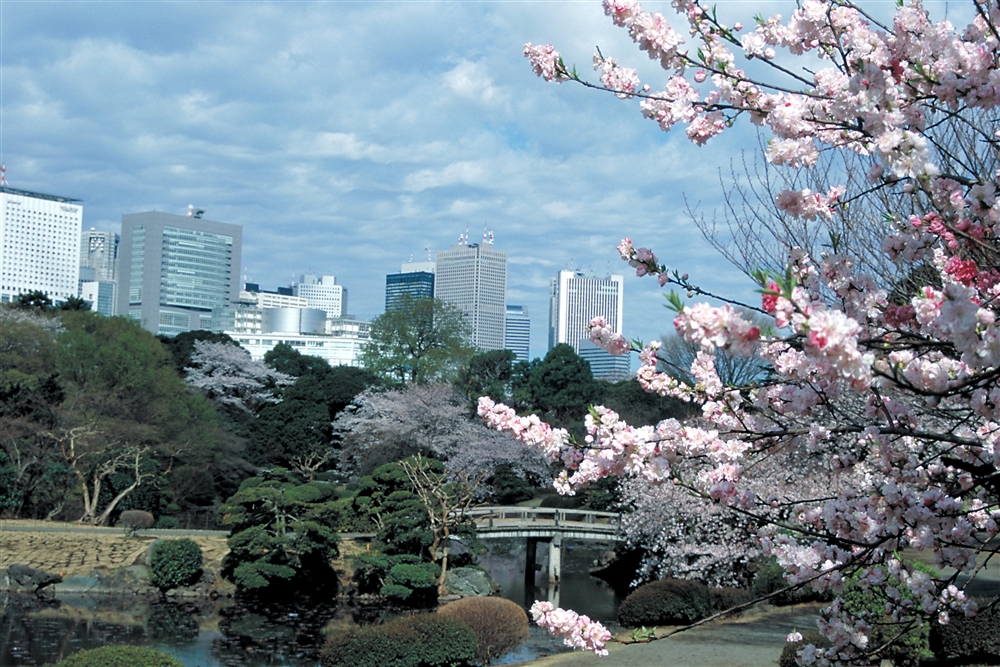
©Shinjuku Gyoen Management Office
A garden in the heart of Tokyo. In 1906, the site of a feudal lord's residence from the Edo period was turned into an imperial garden, and after the war, it was opened to the public as a national garden. On a vast site of 58.3 hectares, there are beautiful gardens including a landscape garden, formal garden, and Japanese Traditional Garden, and all throughout the garden visitors can view seasonal flowers. In spring, it’s a famous cherry blossom viewing spot where you can see about 70 different types of cherry blossoms, while in autumn, visitors can enjoy the traditional beauty of Japan with the chrysanthemum flower bed exhibits.
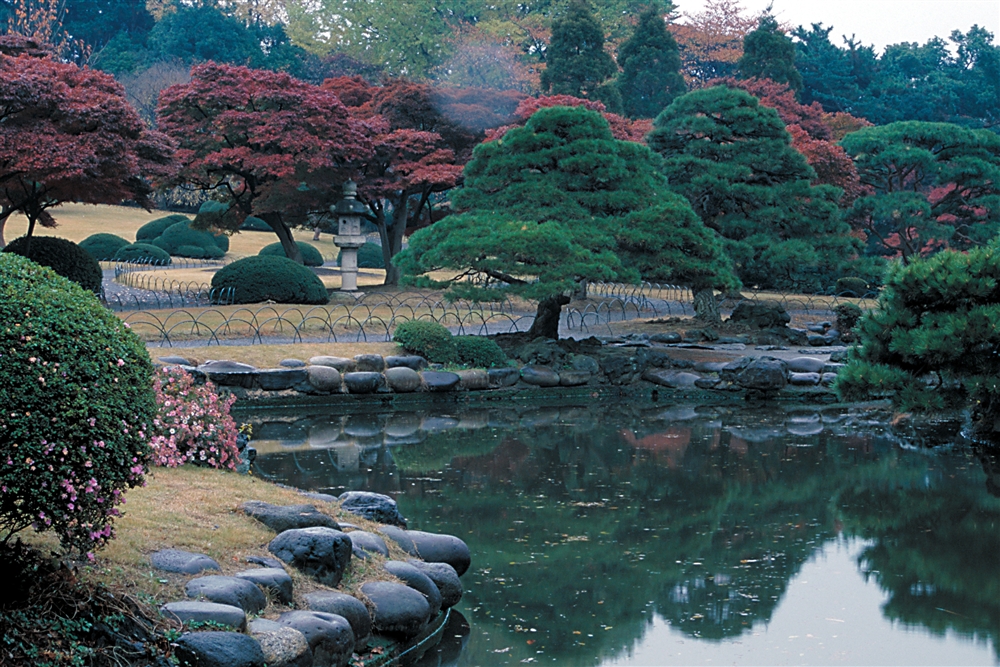
©Shinjuku Gyoen Management Office
In addition to "Tamamo Pond," which retains the appearance of an Edo-period feudal lord’s garden, the garden is also home to the "Mother and Child Forest" where you can observe nature, an environmentally friendly greenhouse that preserves and exhibits endangered species, and an authentic Chinese-style building that’s rare in Japan, so there’s something for everyone.
Moreover, there are plenty of food and drink options, including a cafe serving a new type of Japanese confection, a Japanese restaurant, a sweets cafe that specializes in “anko” (red bean paste), and a Japanese-style cafe with a tea ceremony room. Enjoy the tastes of Japan while strolling through the greenery.
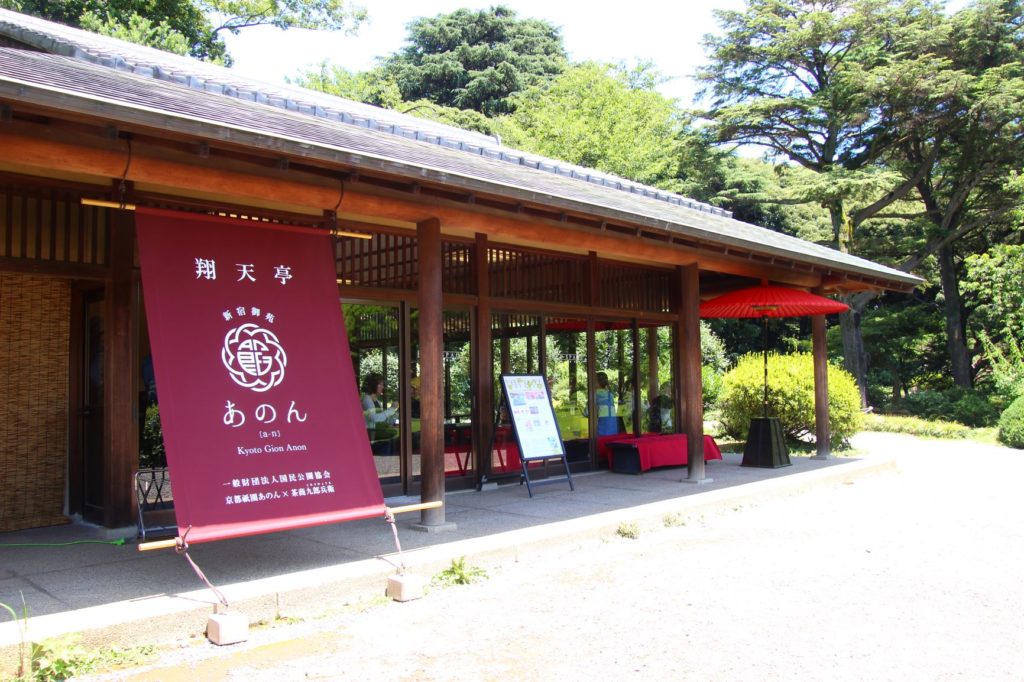
©Sazae Shokuhin Co., Ltd.
Shinjuku Gyoen ANON, where you can enjoy sweets with red bean paste and tea
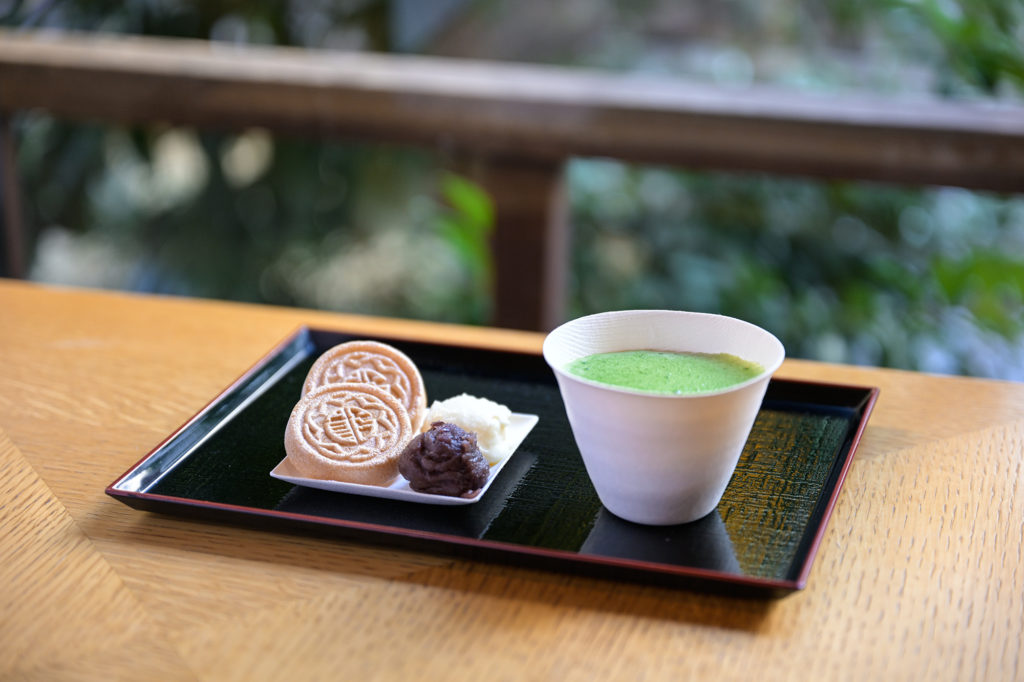
©Sazae Shokuhin Co., Ltd.
Japanese sweets and tea set that includes the signature product, "an-pône," and tea.
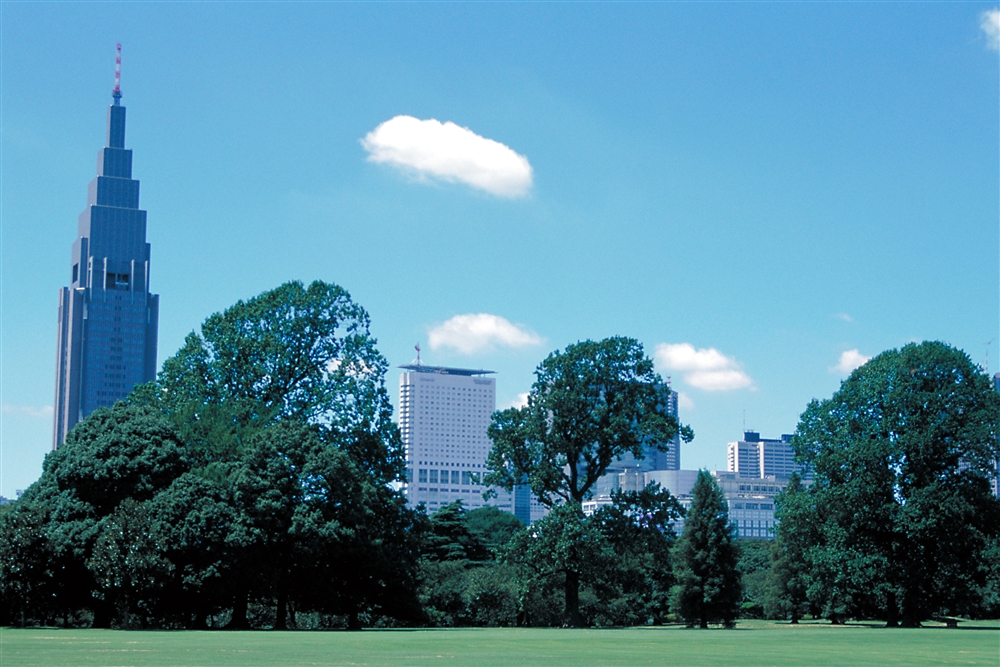
©Shinjuku Gyoen Management Office
Experience the History of Clothing and Lifestyle/Bunka Gakuen Costume Museum

One of the few museums in Japan dedicated to clothing, it’s operated by Bunka Gakuen, a leader in clothing education in Japan. The museum houses and exhibits clothing and related materials from Japan and other countries. These include Edo-period kimonos and Noh costumes, modern court costumes, commoners’ clothing in Japan; typical styles of dresses, haute couture hats, and other accessories from 18th to 20th-century Europe; and ethnic clothing from around the world. Special exhibitions are held on various themes, and it’s an interesting place to learn about the world's clothing culture through fashion.
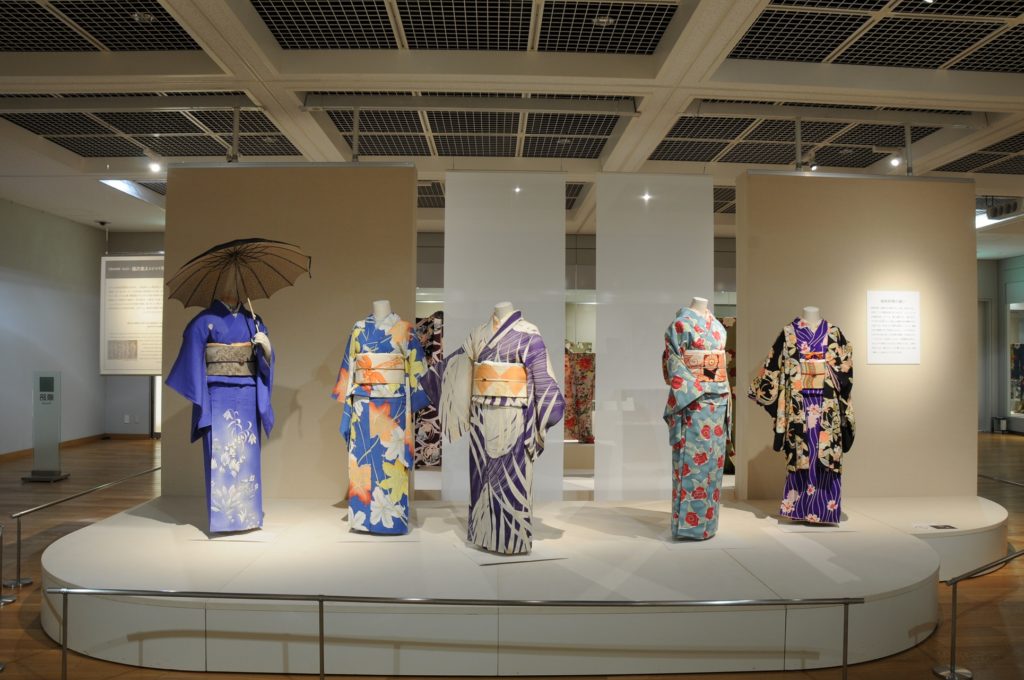
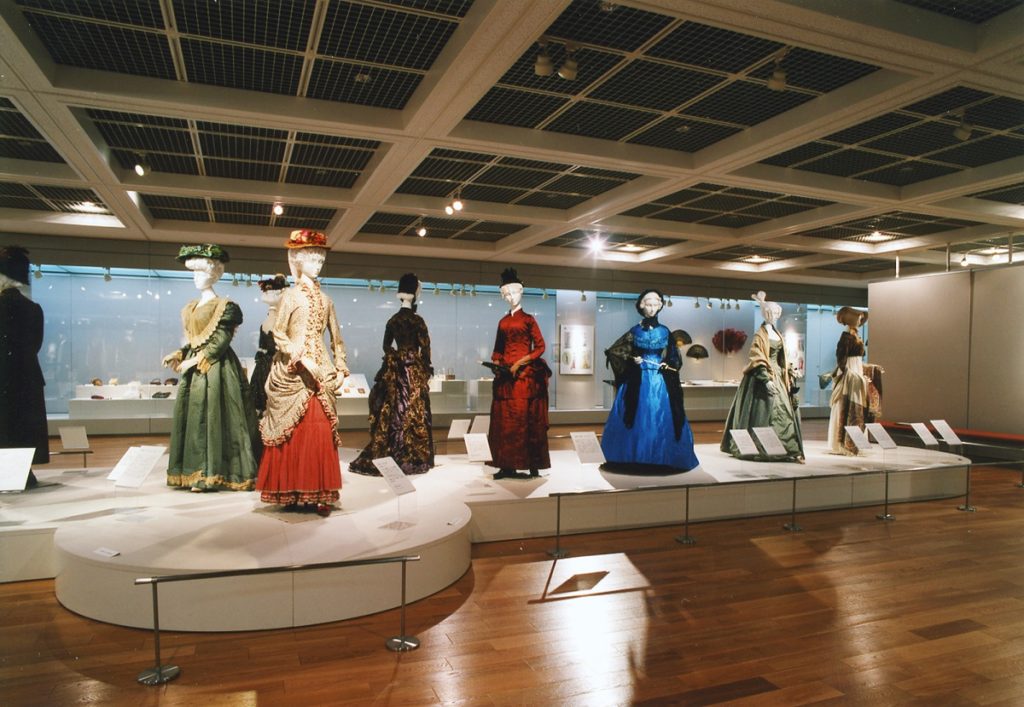
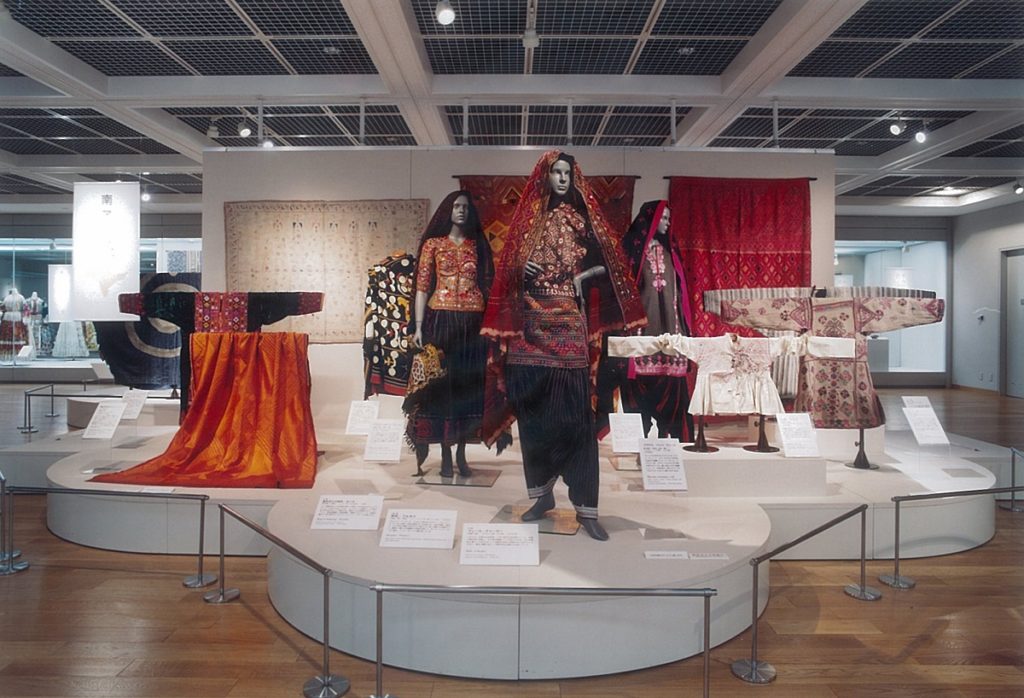
Bunka Gakuen, the company behind Bunka Fashion College (from which many people graduate to join the Japanese and international fashion industries), opened in 1979 and is open to the public with the aim of providing education and research using excellent materials. Special exhibitions are held three to four times a year, all with interesting themes, providing a place where visitors can enjoy learning about the role of clothing in the lives of people from all over the world, past and present.
The Rooster of Prosperous Business/Hanazono Shrine
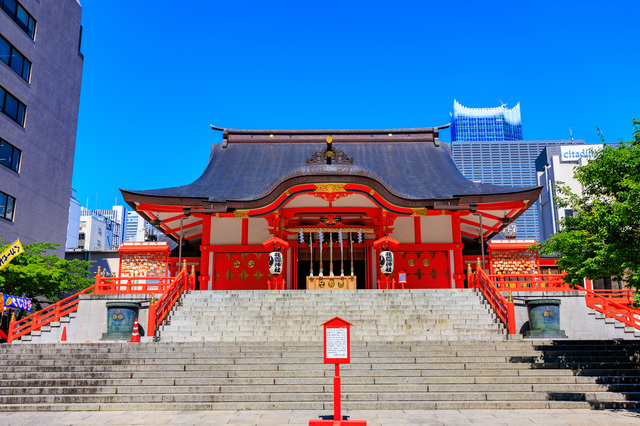
PHOTO :yama1221 / PIXTA(ピクスタ)
Hanazono Shrine is located near Kabukicho, in the middle of a downtown area surrounded by department stores and shopping centers. The shrine is said to have held an important position as the general guardian of Shinjuku even before Tokugawa Ieyasu founded Edo (1603), and it’s still a place of relaxation for people.
Since the Edo period, the shrine has been host to spectacles, plays, dances, and other performances, and it’s had a deep connection with the performing arts since ancient times. People from the entertainment industry often come to worship at the Geino Sengen Shrine in the precincts.
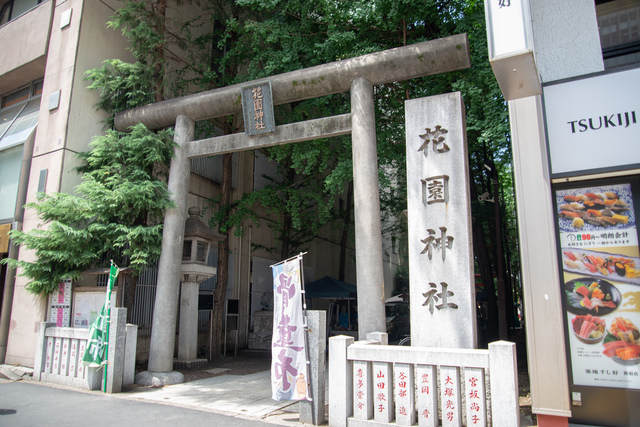
PHOTO:Micchy / PIXTA(ピクスタ)
Hanazono Shrine enshrines three deities, including Yamato Takeru no Mikoto (a member of the ancient Japanese imperial family), and it’s known to grant blessings of prosperous business, abundant harvests, longevity, and success in the performing arts. The shrine’s biggest festival, in May, has become an early summer tradition, while the "Tori no Ichi" festival in November is lively with many worshipers as a seasonal tradition during the twelfth month of the lunar calendar.
The "Tori no Ichi" festival, in particular, is a spectacular sight with rows of stalls selling “kumade,” rakes considered as lucky charms for a prosperous business. The festival is held two to three times a year (depending on the year), on the first to the third day of the rooster in November, and each time there’s a festival on the eve of the main festival day in addition to the main festival itself. There are other events held throughout the year, such as the Setsubun Festival, Summer Festival, Bon Odori dance, and the open-air antique market held every Sunday is also popular.
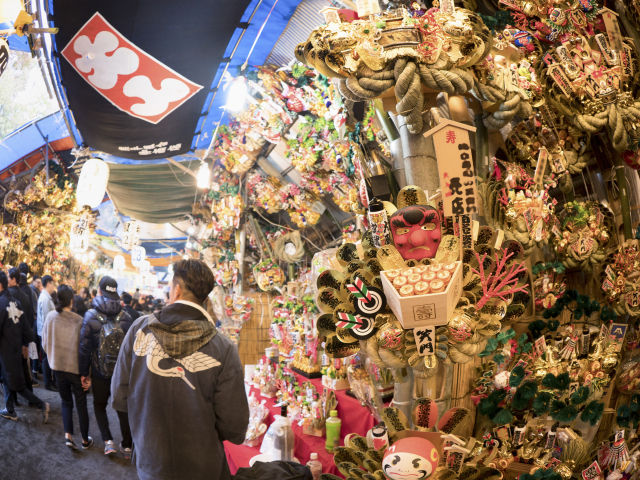
PHOTO:GYRO_PHOTOGRAPHY/イメージマート
For When You Want to Have a Leisurely Time in Shinjuku/Café & Meal MUJI Shinjuku
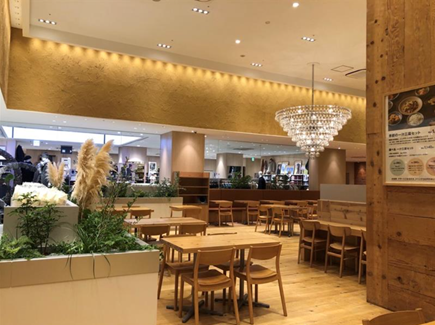
A cafe by MUJI, which has many fans both inside and outside of Japan. Located in the basement of a MUJI shop, it’s convenient for taking a break after shopping. It’s also quite pleasant to find such a spacious restaurant with a high ceiling, ample seating space, and reasonable prices, especially in Shinjuku, where many restaurants have relatively little space between seats.
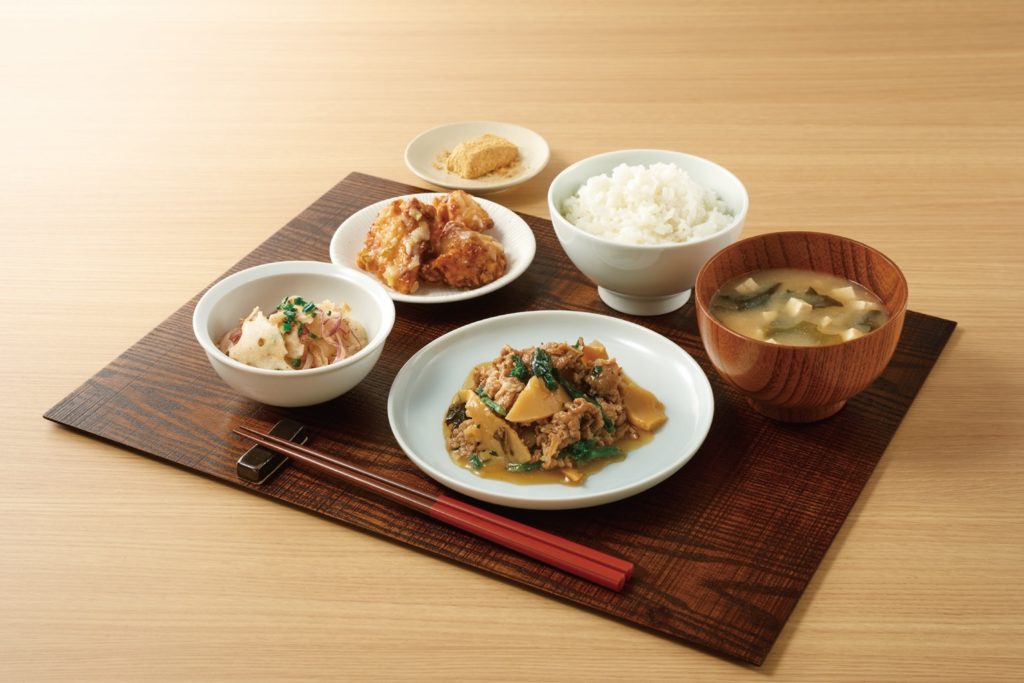
It’s self-service, so when you enter the restaurant, first secure your seat. Get a seat ticket at the entrance and place it on an empty table of your choice before heading to the deli cases, where you choose from the dishes lined up. You can choose a main dish and two or three side dishes; the sweets are also popular. The restaurant’s concept is simple but the cuisine sophisticated, enjoyable to eat, and brings out the flavors of each ingredient. Plus, with the healthy menu, it’s a good place for a meal and is also recommended if you want to have a relaxing break in a calming space.
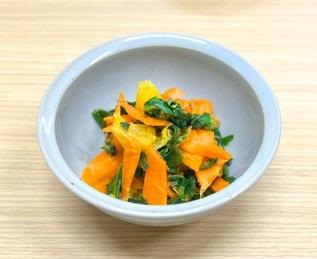
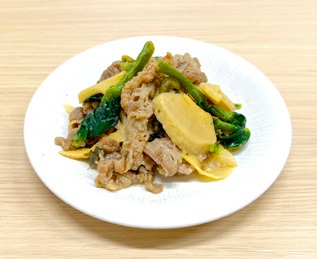

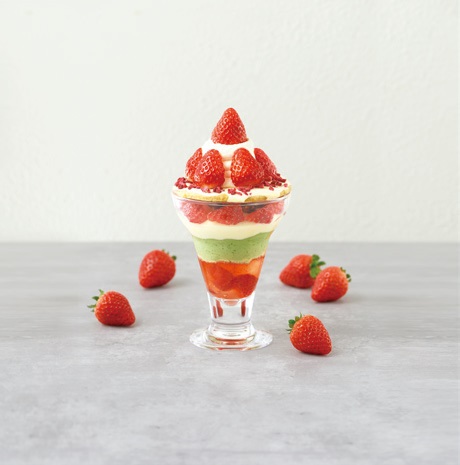
Relax in a Hot Spring That Doesn’t Sleep 24 Hours a Day/ Therma-Yu Shinjuku
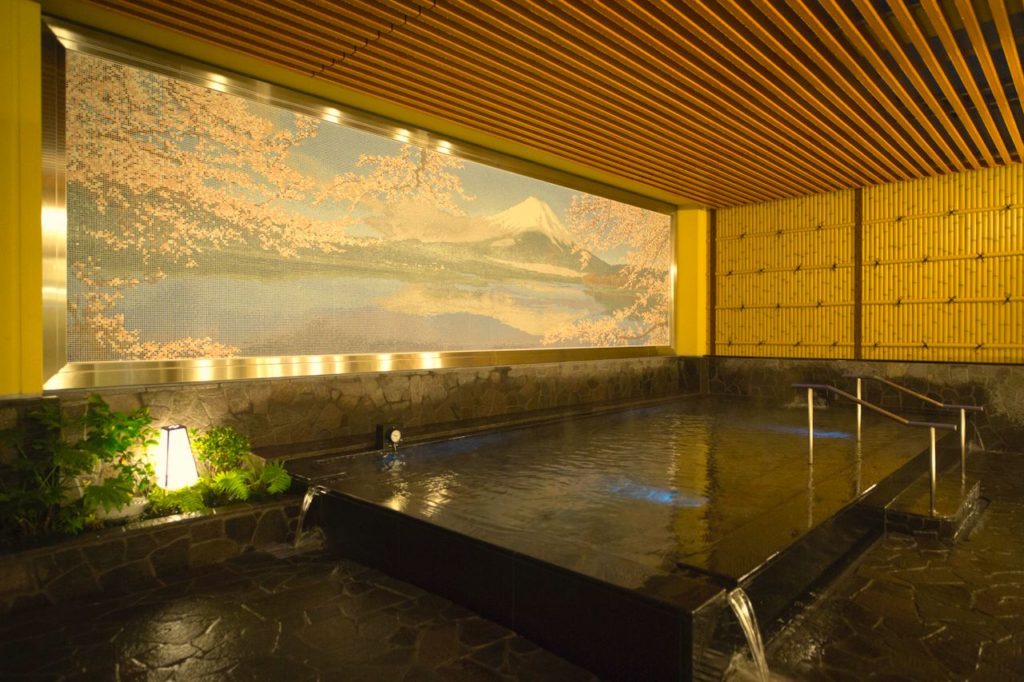
Although located in the middle of Kabukicho in Shinjuku, here you can enjoy natural hot spring water from Naka Izu, which is brought in every day. This hot spring facility features the open-air bath "Jindai no Yu," also known as a hot spring of beauty for its skin-moisturizing effects, a women’s exclusive “toner-like” bath, one of the largest highly concentrated carbonated baths in the Kanto region, saunas including a Finnish style steam sauna, a bedrock bath, and more. With so many facilities, you can enjoy your visit in as many ways.
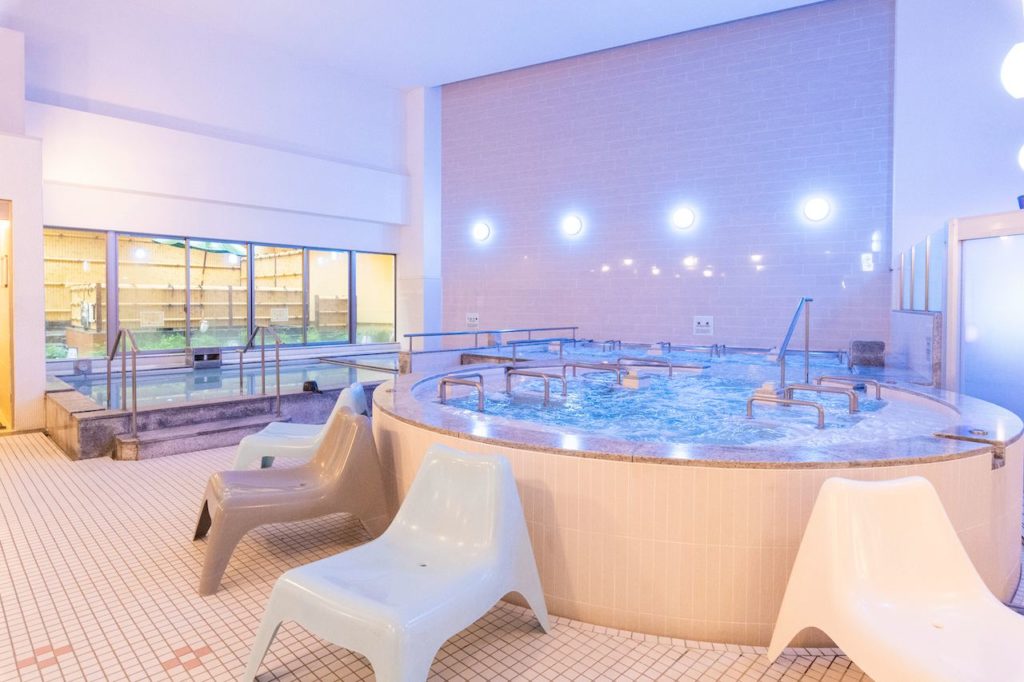
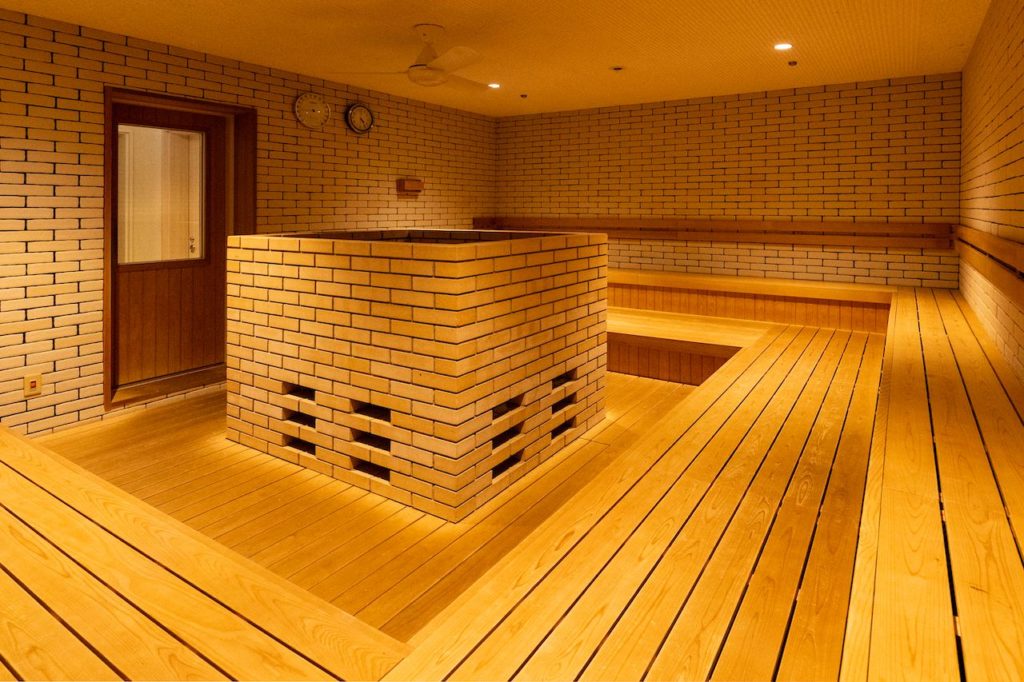
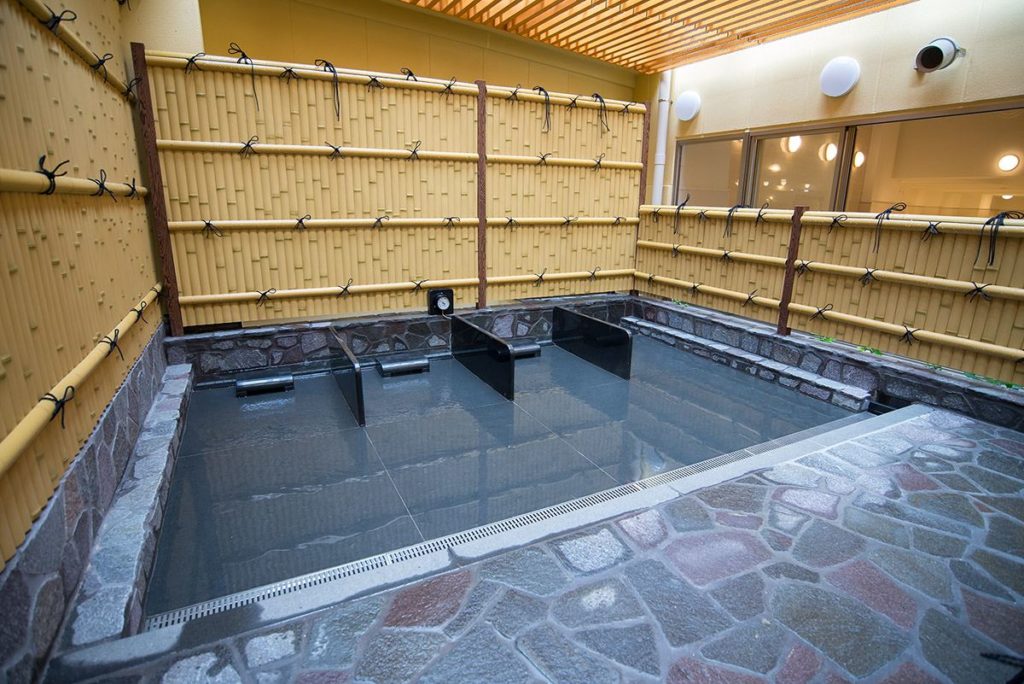
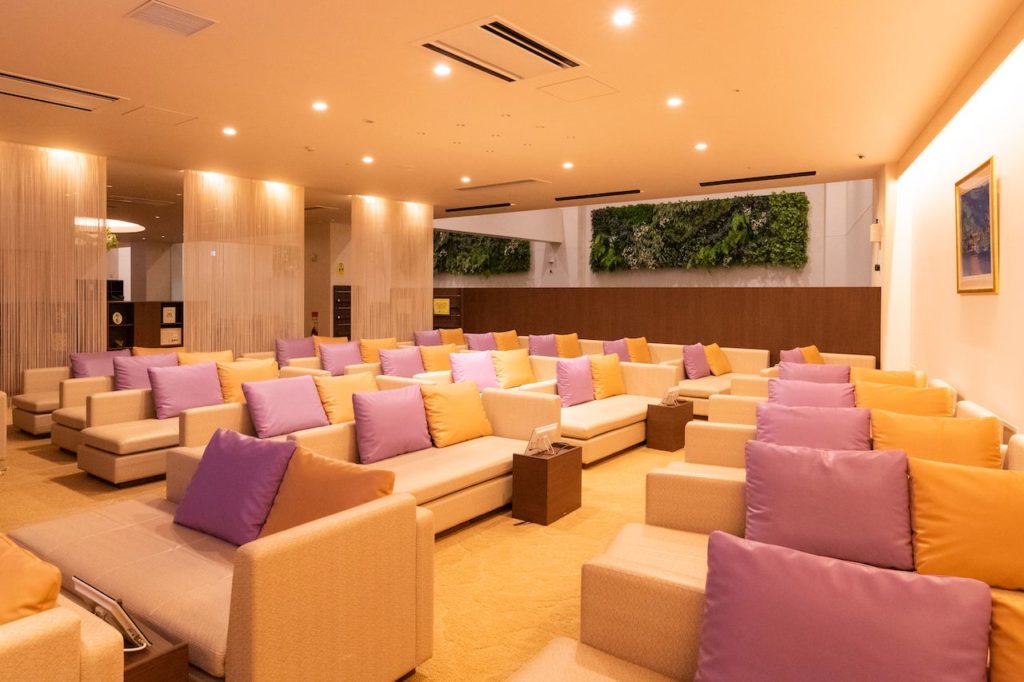
There are also plenty of dining options, including Japanese and other Asian restaurants, a juice lab, a bar, as well as a sports bar on the rooftop, where you’ll also find a fitness center. After bathing, you can relax while rehydrating with alcohol or sports drinks at the open rooftop bar.
If you want to enjoy a day trip to a hot spring without staying overnight, Thermae-Yu is a great choice. Here, at the "hot spring that never sleeps," you can reset your mind and body.


